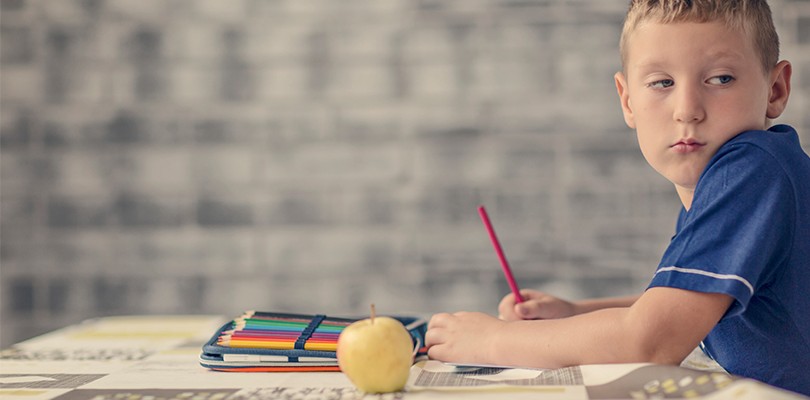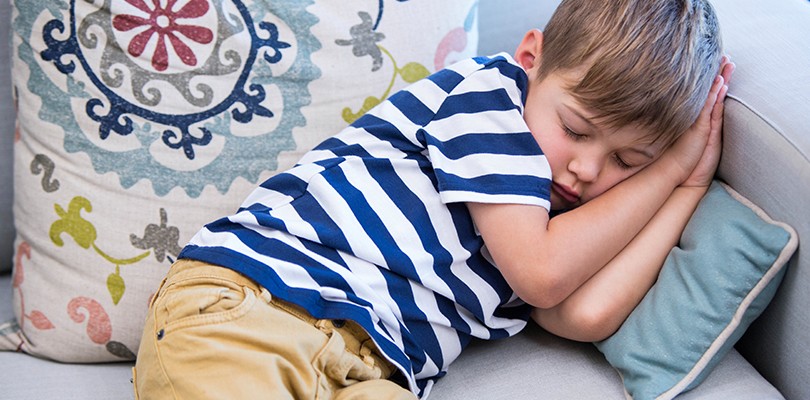Harmony at Home
All children are different. It’s these differences that make them unique and interesting. As a parent, your mission is to foster these distinctive traits and help your children to be the best they can be. You want to emphasize their positives while downplaying the negatives. The problem arises when you see these remarkable differences as deficits. Your child’s hyperactivity seems like a major negative. Sure, it is part of your child, but one that tends to stand in the way of success and attention. Here is how to calm a hyper child.
8 Proven Methods for Calming Hyperactivity
1. Follow Recommendations
If your child is diagnosed with ADHD and you agree to start treatment, it is your job to follow through on recommendations. Not everyone is interested in medicating their children, but if you decide it is best for you and your child, consistency is key. There is no way to know if treatment is effective when done sporadically. During this process, seek other professional services like parent training, social skills groups and individual therapy for your child to improve the symptoms. Hyperactive children do well with a variety of treatments.

Photo Credit: JackF / istockphoto.com
2. Be Consistent With Your Parenting Practices
Just like you need to be consistent with treatment recommendations, you need to be consistent at home. Children with ADHD thrive in consistent environments. This means that there is a sense of structure and routine within the home.
You may notice that hyperactivity becomes worse during periods of unstructured free time – without guidance, the hyperactivity will escalate to an excessive level. Building a routine with some flexibility creates fewer opportunities for hyperactivity to intensify. Over time, solid structure transforms into healthy habits. This will provide your child with the ability to manage their hyperactivity. You don’t need to micromanage. You only need to put some practical systems in place.

Photo Credit: Iogannsb / istockphoto.com
3. Break Up Activities
Asking someone with ADHD to sit still and stay quiet for extended periods of time is insensitive because they are doomed to fail. To find a better rate of success, break up activities that require calm into chunks of time based on their abilities.
If your child can only tolerate five minutes of math homework, ask him to do as much as he can in those five minutes. Following the work, he can take a two-minute break to stretch, hop around or whatever he chooses before he sits for another five minutes. This method ensures that the time sitting is productive rather than being filled with squirming and excessive movements. Look for quality over quantity here.

Photo Credit: alexsokolov / istockphoto.com
4. Shape the Behavior
Shaping is a psychological technique used in behavioral and cognitive behavioral therapies. In shaping, you accept the behavior at its baseline and work to make small movements with the use of reinforcement. If you wanted to incorporate shaping into the previous math homework example, you would start at five minutes, break, six minutes, break, seven minutes and so on until work was completed. When your child successfully accomplishes the set amount of time at typical activity levels, you provide a reward. Rewards can be kind words, a hug, small amounts of money or a promise to engage in a fun activity later. This process enables your child to associate longer periods of desired activity levels with positives. With consistency, the times will stretch and become longer.

Photo Credit: Milan Marjanovic / istockphoto.com
5. Allow Fidgeting
Rather than fighting for the impossible, allow your child to fidget while engaging in a task that requires a lot of calm. Fidgeting with a small toy, piece of clothing or a specially designed fidget tool can improve attention and focus while simultaneously reducing activity levels. If you are interested in creating or purchasing a fidget item, check online for available models and designs. Be sure to experiment with different styles since your child may respond better to one than another.

Photo Credit: Halfpoint / istockphoto.com
6. Burn It Off
Your child may do well if he is allowed to burn off excessive energy through intense play before he is expected to sit still. For example, if your child has been sitting all day bottling up his energy, completing homework when arriving home may be a losing battle.
Instead, find some physically demanding, fun activities for him to do when arriving home. Doing this for 30 minutes may make homework time more effective and efficient. This will also preserve the relationship between parent and child. Focus on the fun to offset the negatives.

Photo Credit: 4774344sean / istockphoto.com
7. Slow It Down
Relaxation techniques aren’t just for anxiety. Learning about practicing and teaching your child about relaxation techniques will increase their awareness and understanding of their bodies. Luckily, many relaxation scripts for progressive muscle relaxation, guided imagery and autogenics exist online to serve you and your child. Finding the best times to implement these skills will take some experimentation, but the results will be worth the effort. Relaxation will also increase mindfulness, which allows your child to better understand his thoughts, feelings and behaviors.

Photo Credit: KatarzynaBialasiewicz / istockphoto.com
8. Monitor and Modify Diet
Foods factor into activity levels. Sometimes the connections are clearer than others. For your child, begin by excluding foods that might contribute to hyperactivity. Investigate the impact of sugar, caffeine, carbohydrates and chocolate to study the results. You might find success when limiting or eliminating these for a time before you require calm and still behavior. Take it to the next level by introducing more desirable foods that maintain consistent blood sugar levels like protein. Fruits and vegetables will likely aid in your goals, too.
Read about therapy for ADHD children and ADHD in gifted children over at NewLifeOutlook.






